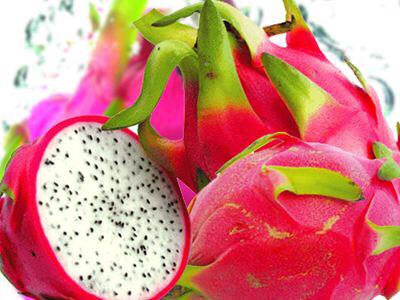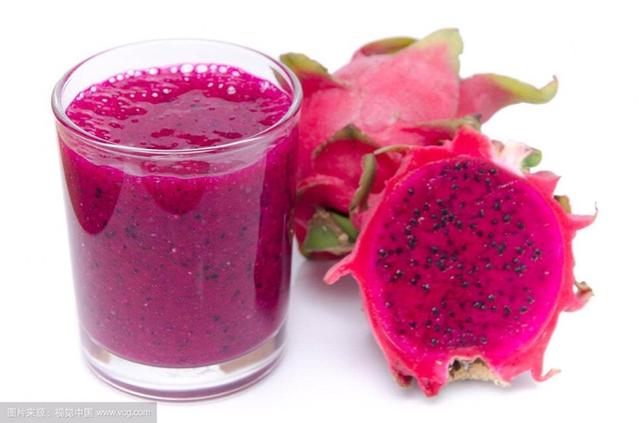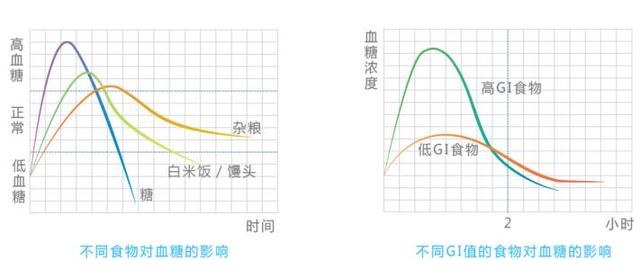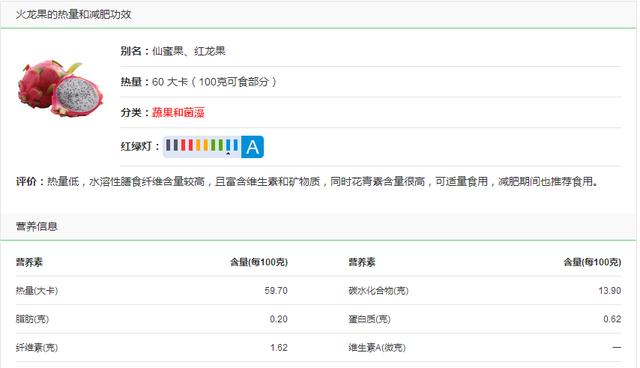Dragon fruit is not very sweet but it is the fruit with the highest sugar content, is it true or not? Is it true? Is it particularly unsuitable for people with high blood sugar?
Although the sweetness of dragon fruit is very light, but its sugar content is not too low, about 14%, higher than apples and lower than pears, than bananas and durian and other fruits with much lower sugar content, belongs to the low-sugar fruit.
However, diabetic patients should also be very careful when eating dragon fruit, because the level of sugar content does not exactly represent the level of glycemic index. For example, glucose has a glycemic index of 100, while fructose has a glycemic index of only 23. Glucose accounts for about 70% to 80% of the sugar contained in dragon fruit, so although it doesn't feel very sweet when you eat it, its ability to raise blood sugar is far greater than that of an apple.
Therefore, it is recommended that diabetics and other special people with high blood sugar eat as little dragon fruit as possible. However, in the case of good blood sugar control, each consumption of less than 200 grams of dragon fruit pulp is not too much of a problem, just pay attention to the corresponding reduction in the intake of staple foods, and it is best to be placed in between meals is better.
P.S. Approximate sugar content of common fruits
Fruits with a sugar content between 4% and 7% include watermelon, strawberries, and blancmange.
Fruits that contain between 8% and 10% sugar include pears, lemons, cherries, cantaloupe, grapes, peaches, and pineapple.
Fruits with a sugar content between 9% and 13% include apples, apricots, figs, oranges, grapefruit and lychees.
Fruits with a sugar content of 14% or more include persimmons, cinnamon, bananas, prunes and pomegranates.
First, what are all the things in food that are bad for blood sugar?

There are many curves in the graph. It represents eating a food and how the blood sugar changes. The area under the curve represents the amount of carbohydrate in the food eaten. The steepness of the rising phase of the curve represents the rate at which the carbohydrates in the food eaten are absorbed.
These two teams have the greatest impact on diabetics.
Second, the value of the two things in dragon fruit that have the greatest impact on blood sugar
First take a look at the Dragon Fruit Nutrition Facts table

Look again at the usual most abundant fruit: apples

The comparison revealed that the total carbon water content of dragon fruit was greater than that of apple.
So the area under the curve will be larger, which means the average height will be higher.
The second is the steepness of the curve representing the rate of absorption.
There is a special sugar in fruits: fructose. Fructose has very little effect on blood sugar, but it is very sweet.
III. Comparison of carbohydrates in dragon fruit and fruit representative (apple)
The amount of fructose in dragon fruit (100g) is: 20%. Glucose is: 56%. And in apples: fructose: 60%, glucose: 24%. (These are approximate valuations, after all, the origin of the fruit still affects these values, but they can be used as qualitative criteria).
It was found that compared to apples, dragon fruit had a low amount of fructose, which causes small fluctuations in blood sugar, and a predominant amount of glucose, which causes large fluctuations in blood sugar.
So dragon fruit has a steeper blood sugar curve than apples.
To summarize, dragon fruit: great steepness, large overall area, high highest point.
Compared to other fruits, dragon fruit is obviously not that suitable for sugar lovers to choose.
As for why it's not sweet, that's because it has a much smaller amount of fructose in it for sweetness. That's why it's not sweet.
Fourth, what fruits are not recommended for sugar lovers then?
All fruits are not recommended for 2-hour postprandial blood sugars greater than 10.
The following fruits are not recommended to be eaten when the blood sugar is between 8 and 10 2 hours after a meal: dragon fruit, durian, banana, dates, pineapple, grapes, watermelon, figs, etc.
Fruit can be eaten with a 2-hour postprandial blood glucose below 8, but no more than 200g is recommended.
This question and answer are from the site users, does not represent the position of the site, such as infringement, please contact the administrator to delete.